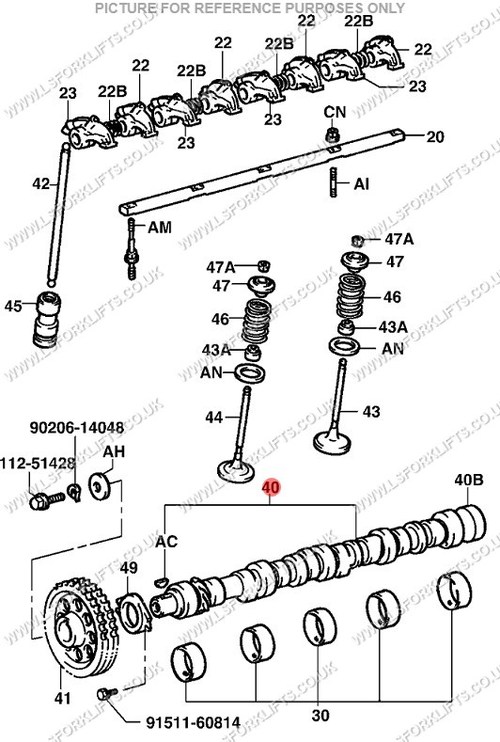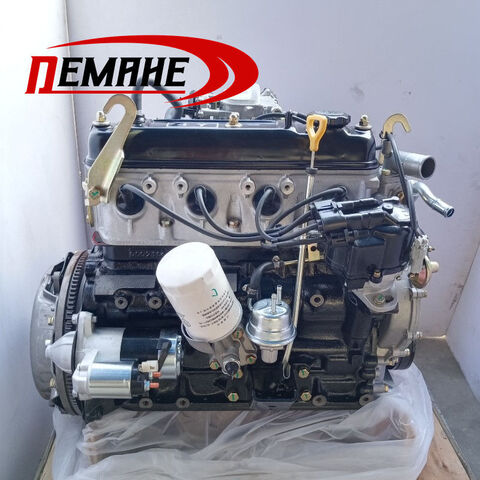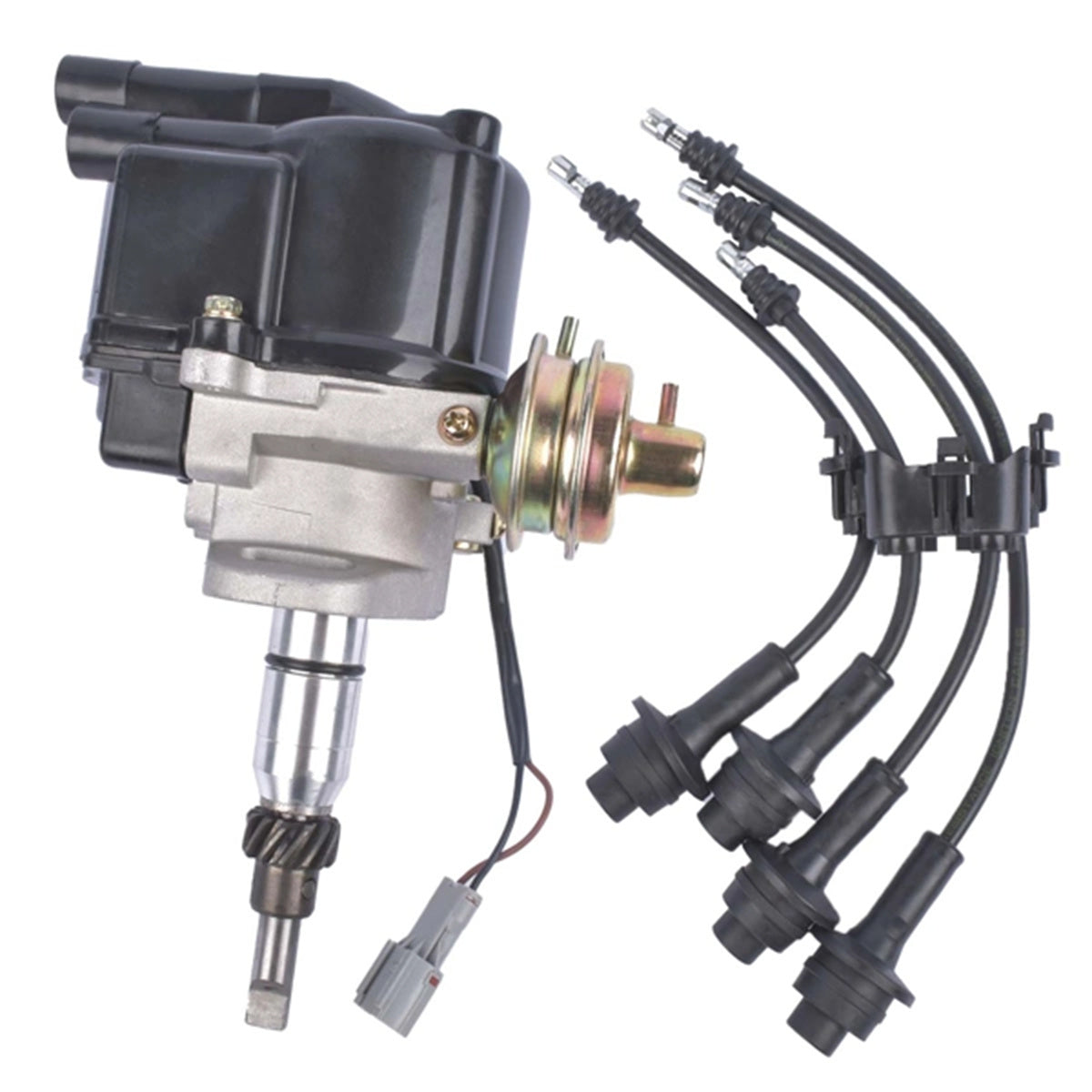Why the Engine Is the Best Selection for Efficiency and Effectiveness in Your Cars And Truck
The engine stays a critical component in auto layout, mainly due to its substantial influence on both performance and performance. As improvements in technology make it possible for smaller sized engines to deliver impressive power while optimizing gas economy, the assimilation of functions such as turbocharging and hybrid systems becomes significantly vital. These advancements not just boost driving experience but likewise address ecological issues. The inquiry emerges: how do these elements coalesce to redefine our understanding of vehicle efficiency? Exploring this equilibrium discloses much deeper understandings right into the future of engine design.
Understanding Engine Types
Understanding the various kinds of engines is important for enhancing performance and efficiency in automobile style. The main engine types include interior burning engines (ICE), electric engines, and crossbreed systems, each offering distinctive benefits and restrictions.
Internal burning engines, which can be more categorized into fuel and diesel versions, count on the combustion of gas to create power. Gas engines normally give higher RPMs and much better acceleration, while diesel motor are understood for their torque and fuel performance, making them ideal for sturdy applications.
Electric engines, on the other hand, utilize electrical motors powered by batteries or fuel cells. They supply immediate torque shipment, resulting in smooth velocity and lower exhausts. The effectiveness of electric engines is dramatically greater than that of ICEs, making them a popular selection for eco-conscious consumers.
Crossbreed systems integrate both inner burning and electrical engines, leveraging the toughness of both technologies. They maximize fuel consumption by utilizing electric power at reduced speeds and switching over to gas or diesel for higher rates or heavier tons.
Choosing the ideal engine kind is necessary for accomplishing wanted performance metrics and ecological sustainability in modern auto engineering.
The Influence of Engine Size
Engine dimension regularly plays a pivotal function in figuring out an auto's performance and efficiency. Typically determined in litres or cubic centimeters, engine dimension directly affects the power output and torque attributes of a vehicle.
Nevertheless, enhanced engine dimension usually associates with decreased fuel efficiency. Bigger engines consume more gas, leading to greater exhausts and functional prices. Makers need to balance the demand for power with the need for gas economic climate. Smaller engines can supply ample efficiency for daily driving while promoting far better efficiency, making them a prominent option in mid-size and portable lorries.
Furthermore, developments in engine layout, such as turbocharging and direct gas injection, allow smaller sized engines to accomplish power degrees comparable to their bigger counterparts. This fad highlights the importance of not exclusively concentrating on engine dimension but additionally thinking about total car layout and innovation (4y engine). Ultimately, the impact of engine dimension on performance and effectiveness underscores the requirement for customers to evaluate their details driving requirements and choices when picking an automobile
Advanced Engine Technologies
Developments in engine modern technologies have considerably improved the landscape of auto performance and efficiency, building upon the foundational ideas developed by engine dimension. Notably, developments such as turbocharging and direct fuel shot have actually made it possible for smaller sized engines to supply power levels previously connected with larger counterparts. Turbochargers compress air going into the engine, enabling boosted power result without an equivalent rise in engine dimension, while straight shot maximizes gas distribution, enhancing combustion performance.
Additionally, variable shutoff timing systems have actually become a crucial modern technology, enabling engines to readjust valve operation based on driving problems. This flexibility boosts both efficiency throughout acceleration and fuel efficiency throughout travelling. Crossbreed and electric engine innovations even more show the shift in automotive layout, incorporating typical inner burning engines with electrical motors to make the most of efficiency while reducing emissions.
Additionally, improvements in products science have led to lighter, much more sturdy engine elements, additionally improving performance and longevity. The integration of advanced electronics and engine control devices additionally enables real-time changes, making certain ideal performance throughout numerous problems. Jointly, these sophisticated engine modern technologies not just enhance car efficiency however also add to a much more lasting vehicle future, demonstrating the recurring evolution of engine layout.
Balancing Power and Performance
Striking an equilibrium between power and effectiveness is essential in modern-day automobile design click here for more info as suppliers look for to satisfy go to my blog increasingly rigid emissions guidelines while satisfying consumer need for performance (4y engine). The difficulty exists in optimizing engine features to deliver robust power result without compromising gas economy
To accomplish this equilibrium, engineers use various methods, such as turbocharging, which enhances engine power forcibly in even more air, allowing for a smaller sized engine variation that improves gas efficiency. Variable shutoff timing technologies likewise play a substantial role, enabling engines to change their efficiency features based on driving conditions, therefore enhancing both power and efficiency.
Additionally, improvements in materials and producing methods have actually led to lighter engine elements, which minimize general lorry weight and improve fuel effectiveness without endangering power. Crossbreed technologies have likewise arised as a viable solution, integrating standard internal combustion engines with electric powertrains to supply an increase in efficiency while keeping lower discharges.

Future Patterns in Engine Design

Moreover, the development of advanced products, such as lightweight composites and high-strength alloys, is readied to revolutionize engine elements. These products not only reduce weight however also enhance thermal performance, thus maximizing efficiency. Furthermore, makers are exploring variable compression ratios, permitting engines to adapt to different driving problems, boosting both power output and fuel economic situation.
Further, the increase of fabricated intelligence and artificial intelligence in engine style is enabling predictive upkeep and real-time efficiency optimization. This technology can result in engines that self-adjust for maximum performance based upon driving patterns.

Final Thought
In final thought, the engine serves as a vital element in accomplishing optimal performance and efficiency in modern vehicles. The interaction in between engine size and design continues to evolve, driving developments that balance exciting performance with environmental sustainability.
Additionally, advancements in engine design, such as turbocharging and straight gas shot, enable smaller engines to attain power degrees similar to their larger equivalents.Technologies in engine modern technologies have significantly improved the landscape of vehicle performance and performance, structure upon the foundational principles developed by engine size. Turbochargers press air getting in the engine, allowing for increased power result without a matching increase in engine dimension, while direct shot enhances gas shipment, improving combustion performance.
Hybrid and electrical engine innovations additionally show the change in automobile layout, integrating traditional interior combustion engines with electric motors to take full advantage of efficiency while decreasing exhausts.
Collectively, these innovative engine technologies not just boost automobile efficiency but likewise add to a more sustainable auto future, demonstrating the recurring evolution of engine style. (4y engine)